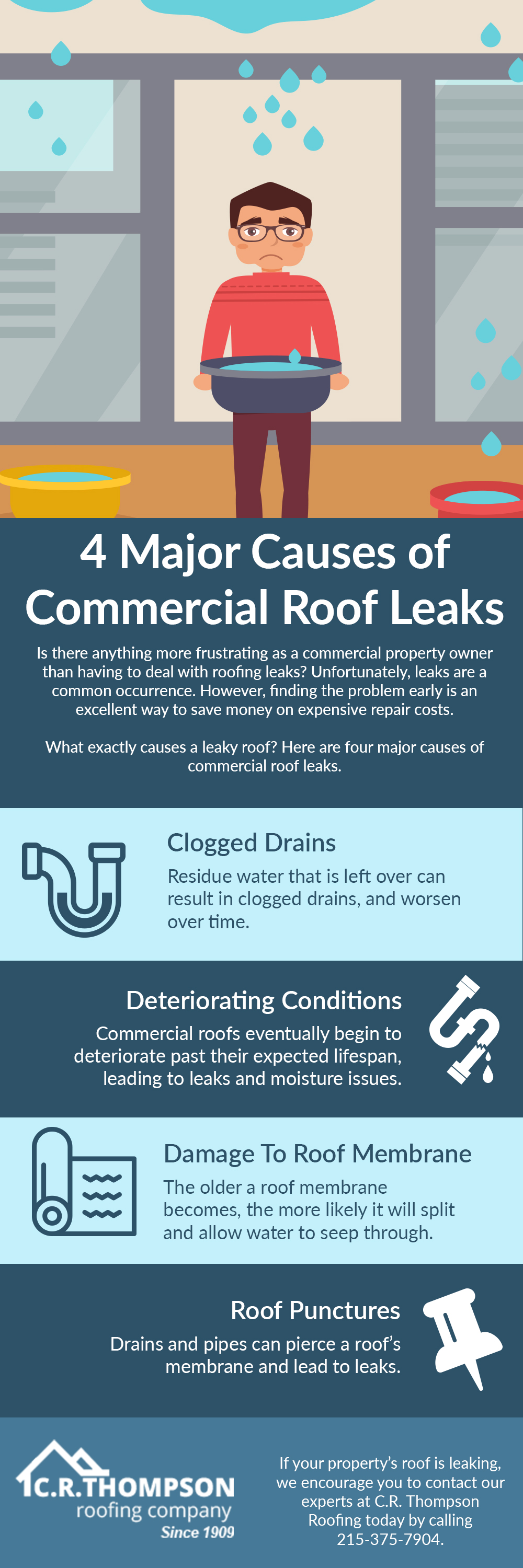Exactly How To Identify Roofing Damage Prior To It Becomes A Major Problem
Exactly How To Identify Roofing Damage Prior To It Becomes A Major Problem
Blog Article
Article Author-Coyne Oneill
To secure your home from possible costly fixings, recognizing roof damage very early is vital. By watching out for subtle signs like missing roof shingles or water spots, you can catch concerns before they worsen. However what concerning those typically ignored areas that could hint at concealed issues hiding above you? Keep tuned to discover key suggestions for spotting roof damage prior to it rises right into a major frustration.
Early Indication
Identifying roof damages early can conserve you money and time. One vital very early indication to watch out for is missing out on or harmed shingles. If you notice any shingles that are fractured, curling, or completely missing, it's necessary to resolve the concern immediately. These damaged tiles can leave your roofing vulnerable to leakages and further damage.
Another sign to try to find is water spots on your ceiling or wall surfaces. These spots can indicate a leakage in your roof that requires instant attention. Overlooking these water stains can cause more substantial and expensive repair services down the line.
In addition, be on the lookout for any type of indicators of sagging or sagging areas on your roofing, as this might suggest structural damage that needs to be fixed immediately.
Exterior Assessment Tips
On a regular basis checking the exterior of your roofing system is essential for maintaining its honesty and identifying possible damage early. Begin by checking out the shingles-- search for any kind of missing, fractured, or crinkling shingles, as these can be signs of roofing damages.
Examine the gutters for granules from the tiles, as excessive granule loss may symbolize aging or weathering. Focus on the blinking around vents, smokeshafts, and skylights, ensuring they're securely secured and devoid of fractures.
Look for signs of moss, algae, or mold growth, as these can lead to roofing system degeneration otherwise resolved quickly. In addition, evaluate the fascia and soffits for any type of water discolorations or rot, which could signal water damage.
Lastly, evaluate the total condition of your roof from the ground, searching for any kind of sagging areas or recognizable dips. By carrying out these outside examinations regularly, you can catch roofing system damage early and prevent it from developing into a major issue.
Inside Red Flags
When inspecting your roof for prospective damages, don't neglect the importance of examining the interior of your home. Inside warnings can frequently be early indications of roofing issues that require focus.
Begin by analyzing your ceilings for any water stains or discoloration, as these might signify a leakage in the roofing. One more vital area to evaluate is the attic, where indications of water damage, mold, or mold might show a roof issue.
Pay close attention to any kind of stuffy odors or an obvious increase in moisture levels, as these can also be indicators of water invasion from a damaged roofing. In remodeling san antonio tx , drooping areas in the ceiling or walls need to be taken seriously, as they could be a result of water damage deteriorating the framework.
If https://lovebelfast.co.uk/roofing-shoes/ observe any of these interior warnings, it's vital to have an expert contractor assess the situation quickly to avoid additional damages and expensive fixings.
Verdict
By remaining alert and consistently checking for early indication of roof damages, you can protect against small issues from becoming significant troubles. Keep an eye out for missing or damaged shingles, water spots on ceilings or wall surfaces, and any kind of drooping or drooping areas on the roofing. By attending to these concerns quickly, you can save yourself from pricey repair work and ensure your roof covering continues to be in good condition for years ahead. Remain proactive and shield your home from prospective damage.
